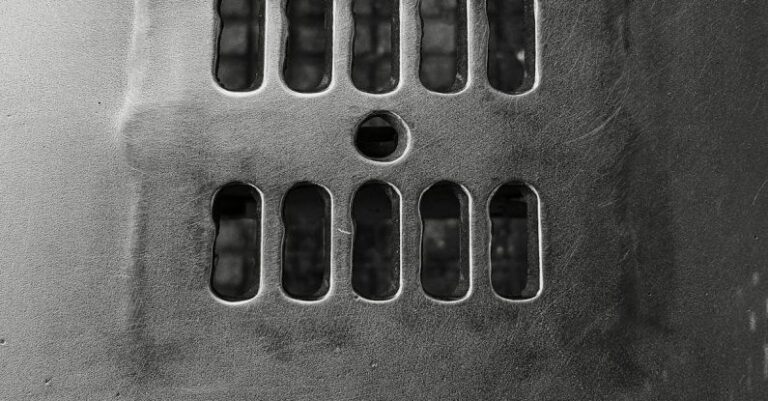
Hyperpigmentation is a common skin condition that occurs when certain areas of the skin become darker than the surrounding skin due to an excess production of melanin. This can be caused by various factors such as sun exposure, hormonal changes, acne, or inflammation. While hyperpigmentation is not harmful, it can be a source of self-consciousness for many individuals. Fortunately, there are several effective techniques for treating hyperpigmentation and achieving a more even skin tone.
Understanding Hyperpigmentation
Before delving into the best techniques for treating hyperpigmentation, it is important to understand the different types of hyperpigmentation. The most common forms include melasma, post-inflammatory hyperpigmentation, and sunspots. Melasma is often triggered by hormonal changes and is characterized by symmetrical patches of dark skin on the face. Post-inflammatory hyperpigmentation occurs after an injury or inflammation to the skin, such as acne or a bug bite. Sunspots, also known as solar lentigines, are caused by prolonged sun exposure.
Topical Treatments
One of the most common and effective ways to treat hyperpigmentation is through the use of topical treatments. These products work by inhibiting the production of melanin in the skin, helping to fade dark spots over time. Ingredients to look for in topical treatments include hydroquinone, retinoids, vitamin C, kojic acid, and azelaic acid. Hydroquinone is a skin-lightening agent that inhibits the enzyme responsible for melanin production. Retinoids, such as tretinoin, promote cell turnover and help fade dark spots. Vitamin C is a powerful antioxidant that brightens the skin and protects it from free radical damage. Kojic acid and azelaic acid are also effective in reducing hyperpigmentation.
Chemical Peels
Chemical peels are another effective treatment for hyperpigmentation. During a chemical peel, a solution containing acids such as glycolic acid, salicylic acid, or trichloroacetic acid is applied to the skin to exfoliate the top layer and reveal smoother, more even-toned skin underneath. Chemical peels can help reduce the appearance of dark spots, improve skin texture, and stimulate collagen production. It is important to consult a dermatologist or skincare professional to determine the most suitable type and strength of chemical peel for your skin type and concerns.
Laser Therapy
For more stubborn or severe cases of hyperpigmentation, laser therapy can be an effective option. Laser treatments work by targeting melanin in the skin and breaking it down, leading to a reduction in dark spots and pigmentation. Different types of lasers, such as fractional laser, Q-switched laser, or intense pulsed light (IPL) can be used depending on the specific needs of the individual. Laser therapy is a non-invasive procedure that typically requires multiple sessions for optimal results. It is essential to seek treatment from a qualified dermatologist or laser specialist to ensure safety and effectiveness.
Combination Therapies
In some cases, a combination of treatments may be necessary to effectively treat hyperpigmentation. Combining topical treatments with procedures such as chemical peels or laser therapy can lead to enhanced results. This approach targets hyperpigmentation at different levels of the skin, providing comprehensive treatment and improving overall skin tone and texture. However, it is crucial to follow a customized treatment plan developed by a skincare professional to avoid irritation or adverse effects.
Protective Measures
Preventing further hyperpigmentation is as crucial as treating existing dark spots. Sun protection is paramount in managing hyperpigmentation, as UV exposure can exacerbate existing pigmentation and trigger the formation of new dark spots. Regular use of broad-spectrum sunscreen with a high SPF, wearing protective clothing, and seeking shade during peak sun hours can help protect the skin from UV damage. Additionally, incorporating antioxidants and skin-brightening ingredients into your skincare routine can help maintain a more even complexion.
In conclusion,
Treating hyperpigmentation requires a tailored approach that addresses the underlying causes and targets dark spots effectively. Whether through topical treatments, chemical peels, laser therapy, or a combination of procedures, achieving a more even skin tone is possible with the right techniques. By understanding the different options available and working with a skincare professional, individuals can take steps towards reducing hyperpigmentation and achieving clearer, brighter skin. Remember, consistency and patience are key when it comes to treating hyperpigmentation, and with dedication, significant improvements can be achieved.





